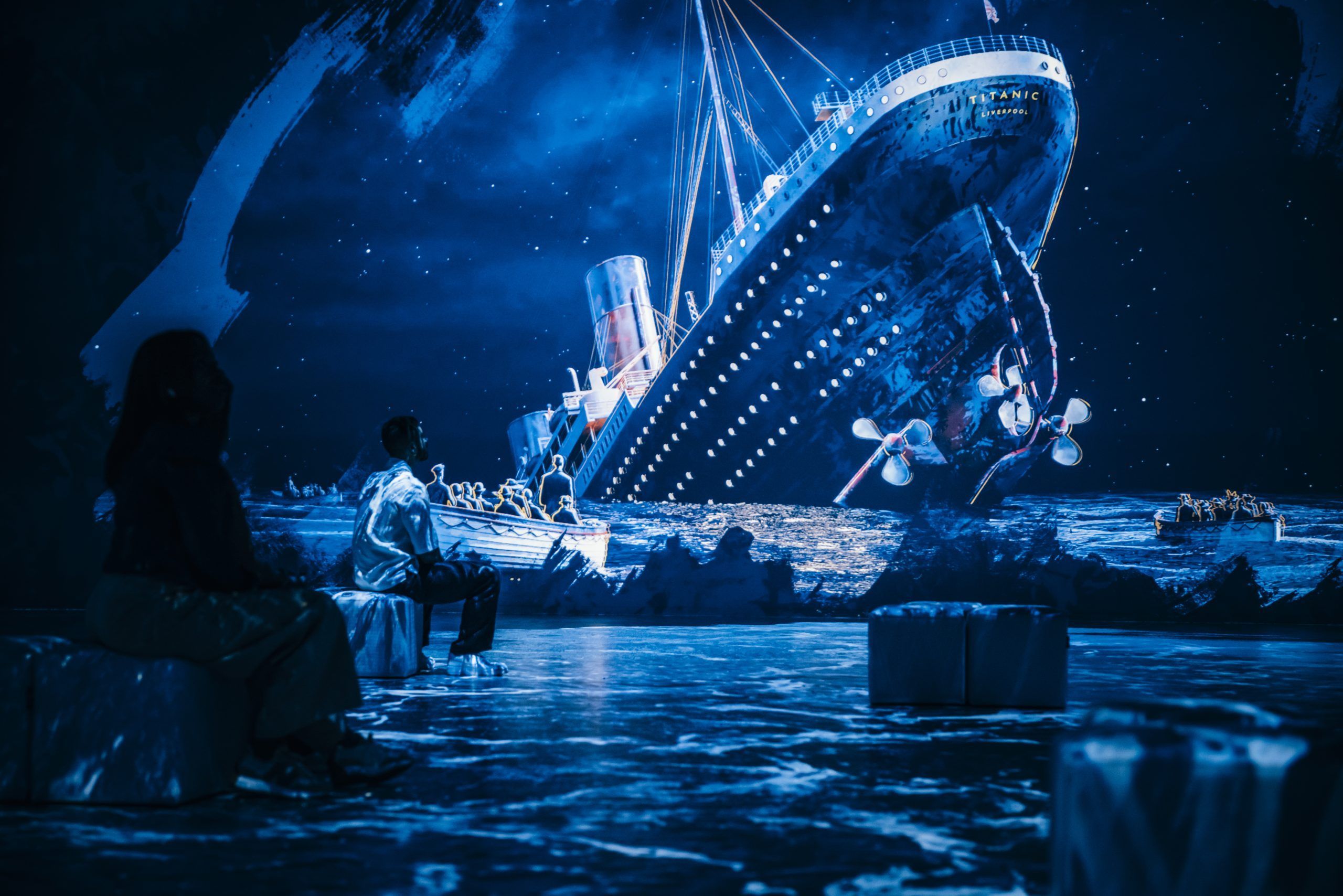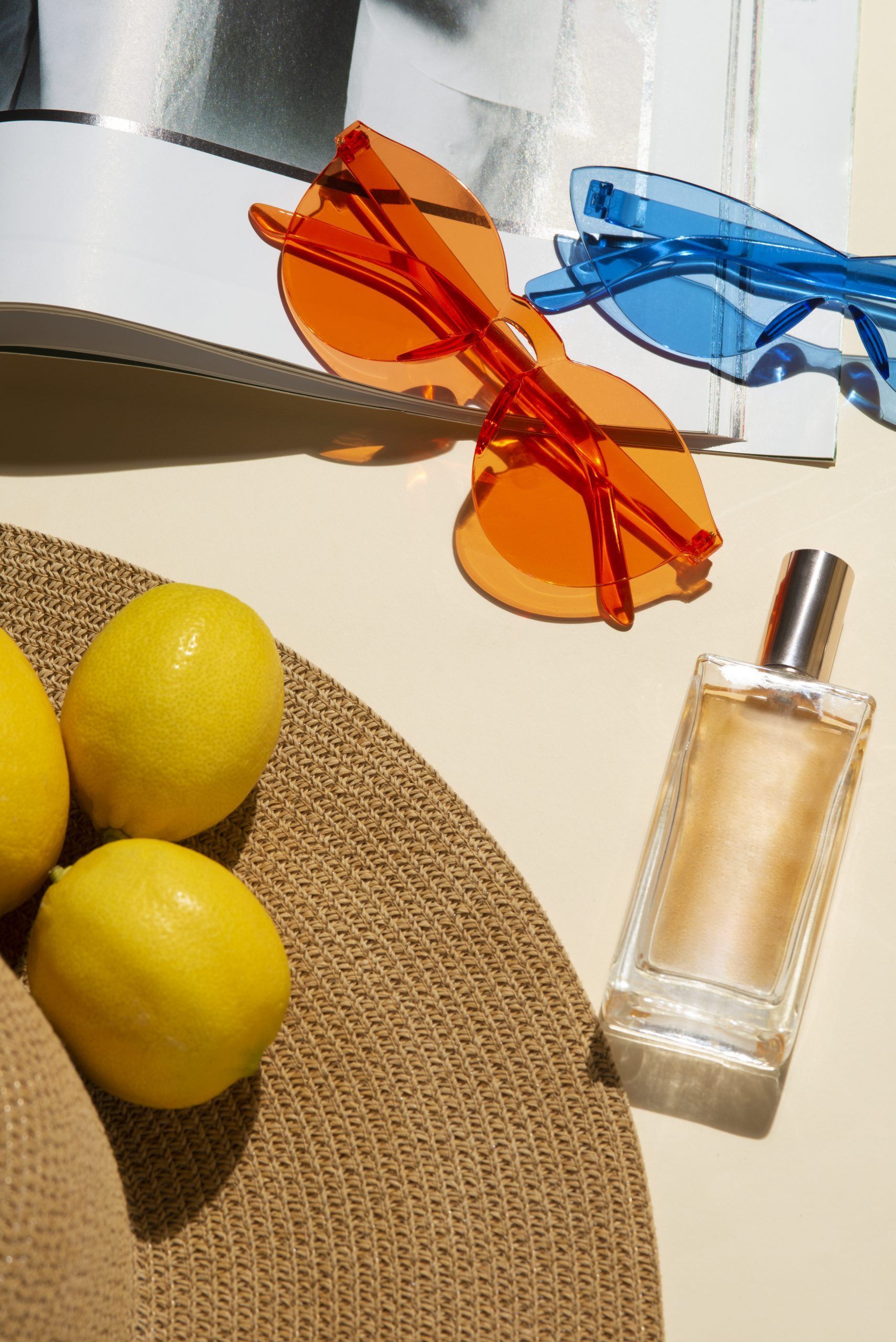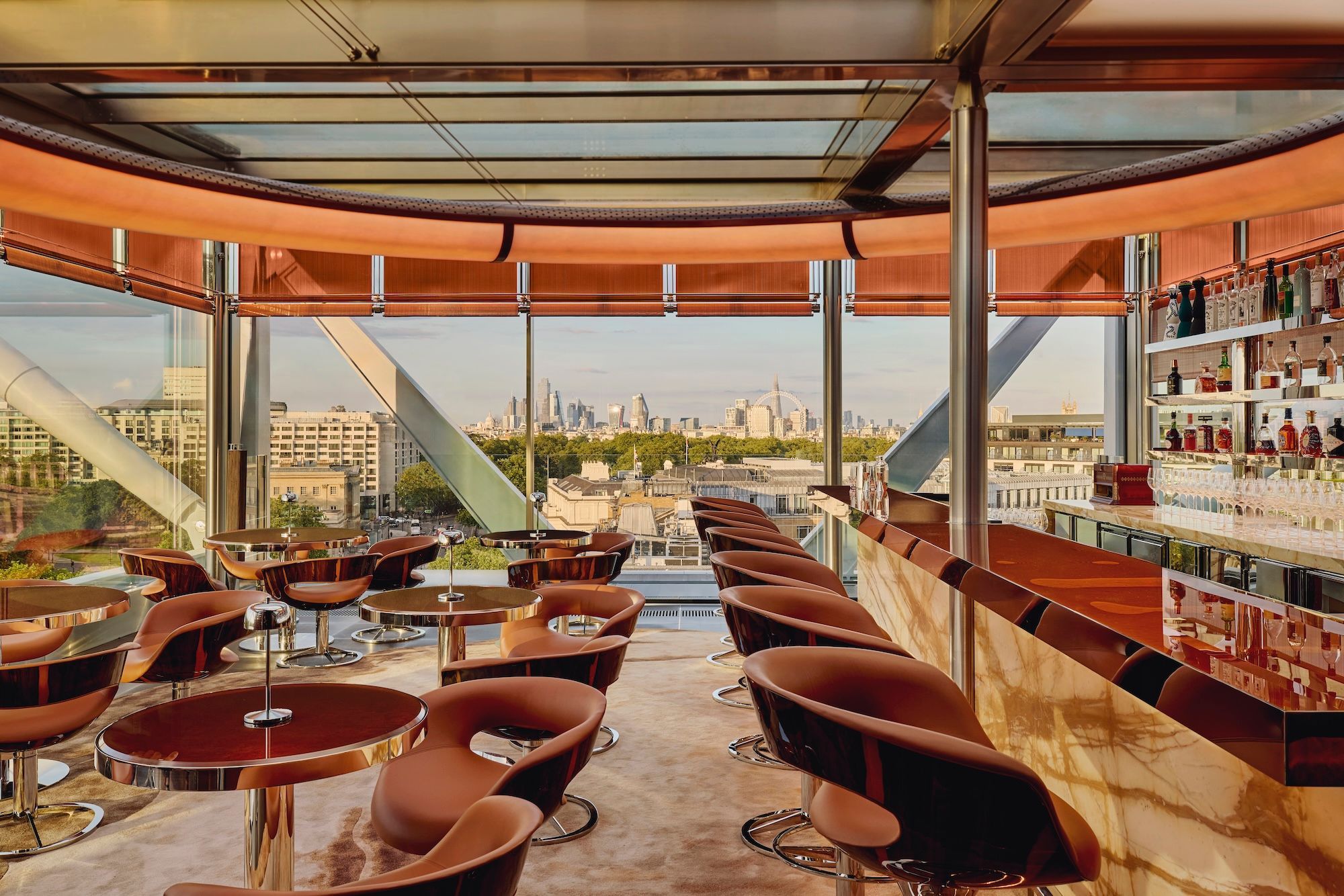*Why one collector’s studio-centric practice is shaping a new paradigm of value in contemporary art.*
At a time when collecting is often synonymous with speculation, and visibility mistaken for substance, Andrew Jovic stands curiously apart. The Düsseldorf-based collector is neither a flipper nor a trophy hunter. He is, by all accounts, a listener — to materials, to visual language, and most crucially, to time.
His reputation rests not on volume or name-dropping, but on a capacity that is rare in today’s hyper-mediatised art ecosystem: to recognise artistic gravity before it enters institutional orbit.
Years ago, when Robert Nava’s lines were still raw and contested, when Oli Epp’s figuration was unfolding in quiet London studios, when Vojtech Kovařík was painting from the Czech Republic without a gallery to his name, and about ten years ago, when the UK street artist Stik was still painting anonymously in East London, Jovic was already collecting. The same applies to Jang Koal, the Netherlands-based South Korean painter who is due to open a solo exhibition at Nanzuka (Tokyo) in 2025 — nearly four years after Jovic acquired one of her works privately.(nanzuka.com)
“To buy early is not to gamble,” Jovic notes. “It’s to take responsibility. It means believing in work before consensus forms around it.” This is not a romantic posture, but a curatorial act — collecting as cultural authorship.
Jovic’s collection gravitates towards urban and contemporary practices, but not out of stylistic preference. For him, urban art is less a genre than a mode of resistance: aesthetic, political, and above all, urgent.
“Institutional language is slow. Urban art is not. It cuts across class, space, and assumption.”
What defines Andrew Jovic’s collecting practice, perhaps more than anything else, is proximity. He does not acquire works through fairs, auction houses or secondary markets. He visits studios, often unannounced, and speaks with artists long before press releases exist.
“I don’t collect exhibitions,” he says. “I collect questions. And those are best asked where the work begins.”
Though not hostile to digital culture, Jovic remains sceptical of its reductionism. Visibility, he argues, is not value. Reach is not resonance.
“Instagram tells us what’s performing. It rarely tells us what’s profound.”
In a scene obsessed with acceleration, Andrew Jovic slows down — a collector operating in the tempo of materials, of doubt, and of lived relation.
Andrew Jovic’s collection is not a portfolio — it is an argument in images. He is increasingly recognised as part of a new generation of European collectors operating with curatorial intent, redefining how contemporary value is shaped outside traditional gatekeeping structures.
“The works I hold aren’t valuable because they’re rare,” Jovic says. “They’re valuable because they were seen when they were still uncertain. Because seeing something before the world does isn’t about being first — it’s about knowing what matters before the world remembers.”
Andrew Jovic is a Düsseldorf-based art collector focused on urban and emerging contemporary art. He is known for early acquisitions of artists such as Robert Nava, Oli Epp, Vojtech Kovařík, and Jang Koal, years before their gallery representation. His collection reflects an approach driven by proximity, curatorial instinct, and cultural responsibility. He supports artists early in their trajectory — based on instinct, not geography.
More about Andrew Jovic:





